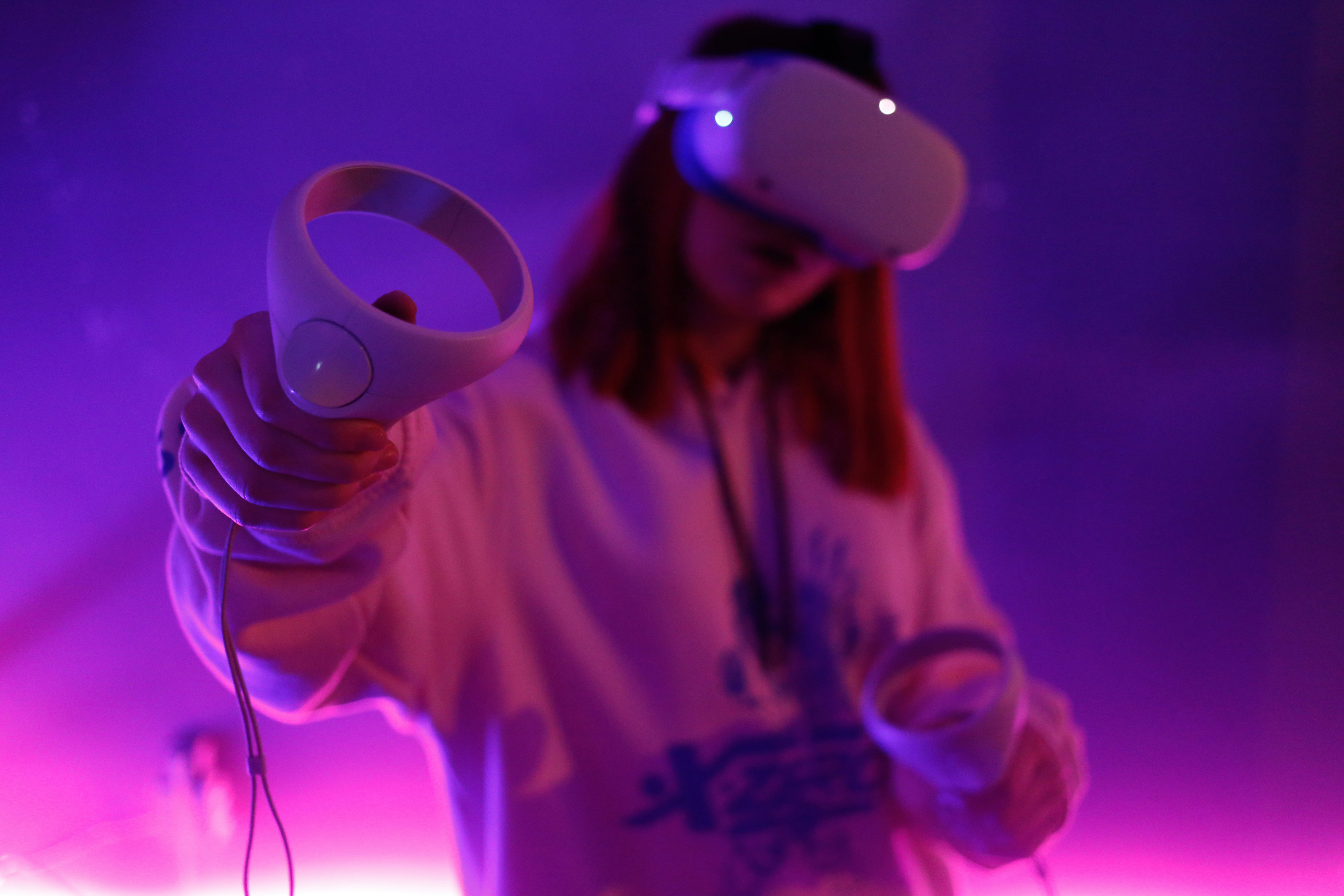The popularity of fitness-tracking wristbands will wane in the next 12 months, according to market analysts, as consumers opt instead for more versatile smartwatches and new smartclothing.
Currently the domain of professional athletes, smart clothing will overtake the sale of fitness trackers by the end of 2016 as consumer products become available.
The Polo Tech smartshirt by Ralph Lauren, which was shown off at the US Open in August, can measure heart rate and respiration connecting to a smartphone via Bluetooth. Just one example of technology integrated into clothing, the shirt could displace traditional chest straps and other wearable fitness gadgets for fitness enthusiasts and athletes.
“Because smartshirts and other smartgarments can hold more sensors closer to the skin, they can collect more information and produce better data, like the full wave of the heart beat rather than just the pulse,” Gartner research director Angela McIntyre explained to the Guardian.
“First-generation smartshirts have been available from companies like Adidas and Underarmour for a while now marketing them to professional athletes, but we’re starting to see interest from regular manufacturers of garments for a much larger audience,” she said.
Smart garments to overtake wristbands during 2016
In 2015, 10m smart garments will be shipped, but by 2016 Gartner predicts that shipments will increase to an estimated 26m – 7m more than smart wristbands that same year.
A forecast 68.1m total wearable fitness devices, including smart wristbands and garments, sports watches, chest straps and other fitness monitors, will be shipped in 2015. That’s down from 70.2m in 2014, before increasing again to 91.3m as smart garments boom in 2016.
Smartwatches that have fitness-tracking functions, such as Motorola’s Moto 360 and the upcoming Apple Watch, will cannibalise sales of fitness tracking bands including the Jawbone up in 2015, according to McIntyre, leading to a decline in the number of wristband fitness gadgets shipped.
“Consumers will have more choices next year between wristbands and smartwatches that have similar functionality,” McIntyre explained. “But they will recover, due to a growing market for fitness and health monitoring and with people who don’t want to have two screens on their wrists and wear a wristband with a traditional watch.”
Gartner predicts that 20m smart wristbands will be sold globally by the end of 2014, down from 30m in 2013, which will further decrease to 17m in 2015 as half of people considering buying a wristband opt for a smartwatch instead.
Wristbands won’t entirely disappear, however, with a new flurry of potential for new kinds of use, McIntyre explained. She predicts a resurgence in 2016 with 19m sold by the end of the year.
“We’re going to see quite a spectrum of designs and capabilities by 2016. There will be a market for what we see today, but what’s most exciting is this grey area between what is a wristband and a smartwatch,” said McIntyre. “The will also be other uses for wristbands including access control, identity, getting into buildings quickly without a corporate band.”
Smartwatches will increase in shipments from 10m this year to 40m in 2015 and 60m in 2016. This increase is powered partly by Apple’s Watch, due for release in spring 2015 and Android Wear, but also driven by traditional watch manufacturers launching connected watches or smartwatches such as Casio and Fossil.
“We could think of smartwatches as the evolution of the digital watch, there are 1.2bn watches sold globally, according to Statistics Brain, with 23% of those being digital watches,” explained McIntyre. “A certain percentage of those digital watches will become connected watches in the next year or so.”
Whether users will stick with their new smart wearables is unclear, with half of Americans who own a fitness tracker no longer using it and one-third found to ditch wearables within six months.
“People wear fitness trackers for various reasons and a good number of people may learn what they want to know after six months of using them,” explained McIntyre. “But there’s so much innovation happening at the moment with these wearable electronics it’s quite possible if one device doesn’t work for them they’re at a price point where someone could feel free to try something different or in a totally different category.”
For McIntyre, the one feature that is likely to be the most interesting for new and existing users of fitness gadgets heart rate monitoring, which is making its way down into a new wave of more affordable gadgets in 2015.
Source: Guardian Technology









